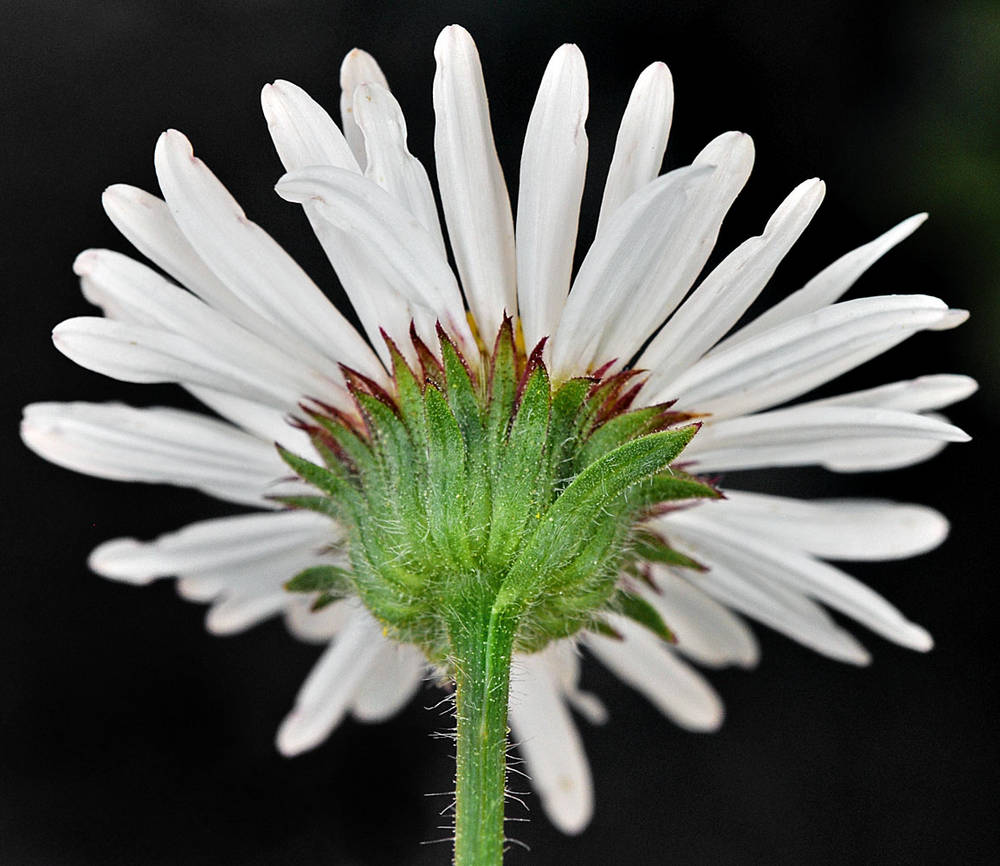Erigeron speciosus
(synonym of Erigeron subtrinervis)
Erigeron cascadensis
showy daisy, showy fleabane
Cascade fleabane
erect;
surfaces glabrous to rarely remotely hirsute, sometimes minutely glandular distally.
ascending to erect, mostly glabrous to sparsely hirsute, sparsely minutely glandular.
usually withering by flowering, oblanceolate to spatulate.
persistent in distinct rosettes, obovate to spatulate, 10–90 × 5–15 mm;
margins entire or occasionally weakly dentate on distal portions;
surfaces glabrous to remotely strigose, occasionally remotely glandular.
lanceolate, 20–80 × 5–15 mm, gradually reduced distally, bases ± clasping;
margins entire, usually long-ciliate;
surfaces glabrous, rarely remotely strigose.
elliptic to oblanceolate, 7–25 × 2–6 mm, reduced distally.
1–3 heads; terminal and axillary.
3–7 × 11–16 mm.
3–8 × 9–15 mm.
40–115+, lavender to purple;
rays 7–11 × 0.7–1.5 mm.
30–50, white to occasionally purplish;
rays 4–7 × 1–2 mm.
2–3 mm.
corollas 3–4 mm.
in 2–3+ series, usually with orange stripe;
surfaces basally hirsute to villous, occasionally minutely glandular.
in 2–3 series, often with purple medial or apical area;
surfaces nearly glabrous or sparsely to moderately villous, eglandular or glandular.
2–3 mm, glabrous to sparsely strigose;
inner pappi of numerous barbellate bristles.
2–3 mm, sparsely strigose;
inner pappi of numerous barbellate bristles.
1–5+ in corymb-like arrays, radiate.
radiate.
Erigeron speciosus
Erigeron cascadensis
Conifer forests, moist slopes, riverbanks, wet meadows. Flowering Jun–Sep. 50–2500 m. BR, BW, CR, WV. ID, NV, WA; north to British Columbia, northeast to Alberta, east to NE, southeast to NM. Native.
Shaded rocky slopes, cliffs, crevices, outcrops. Flowering May–Aug. 1200–2200 m. Casc. Native. Endemic to Oregon.
This species is endemic to rocky areas in the Cascades from Douglas and Klamath counties only as far north as Marion County.
James Riser, Stephen Meyers
James Riser, Stephen Meyers





